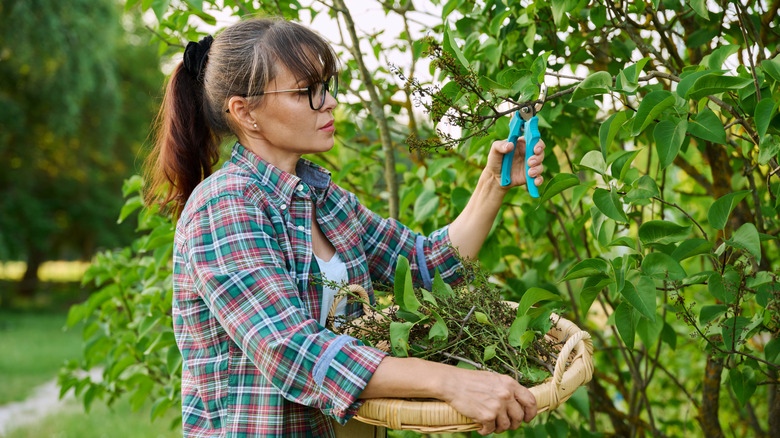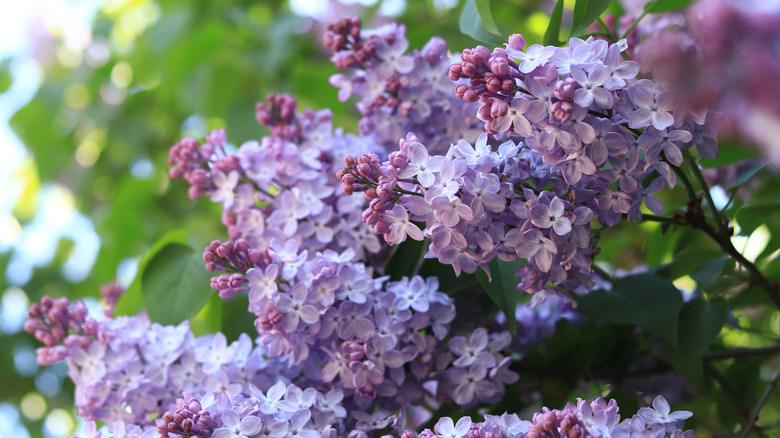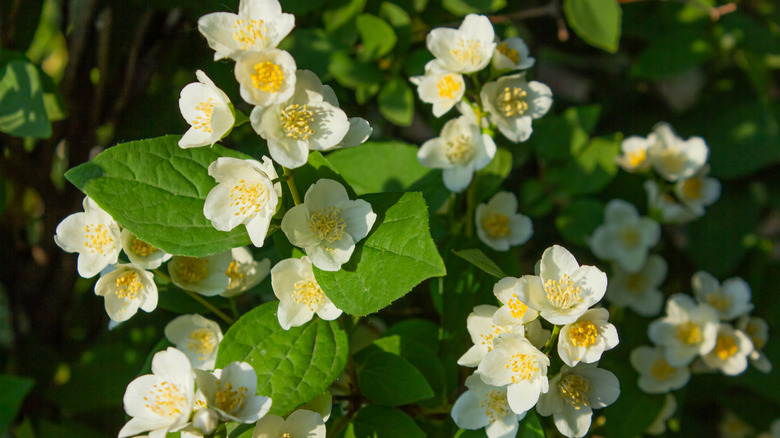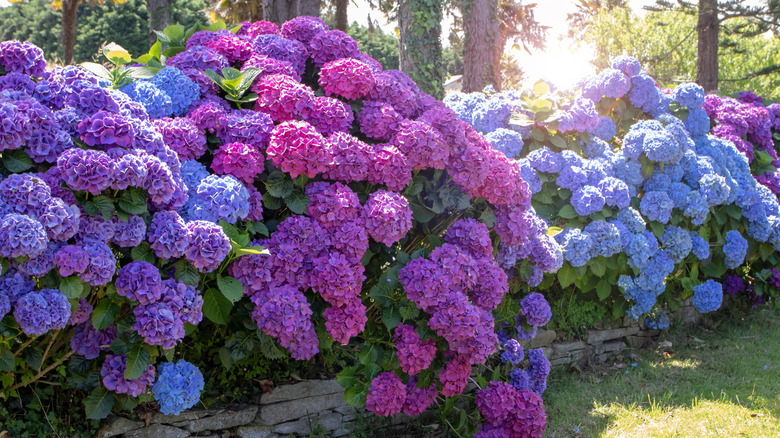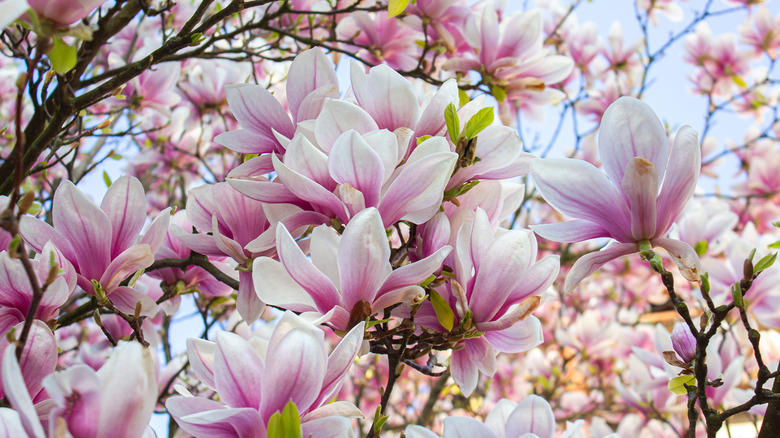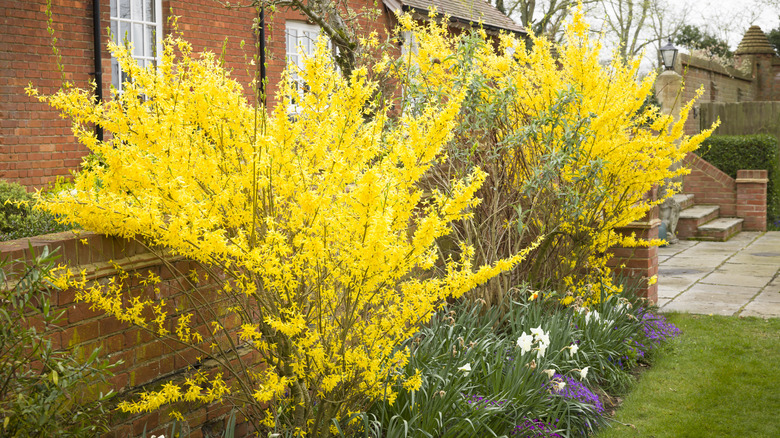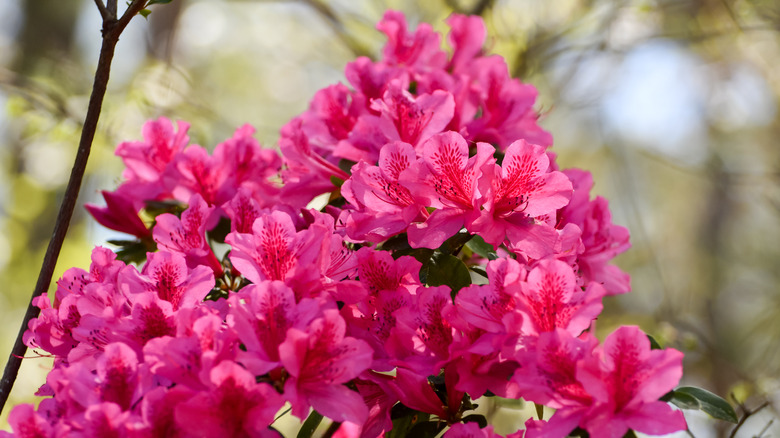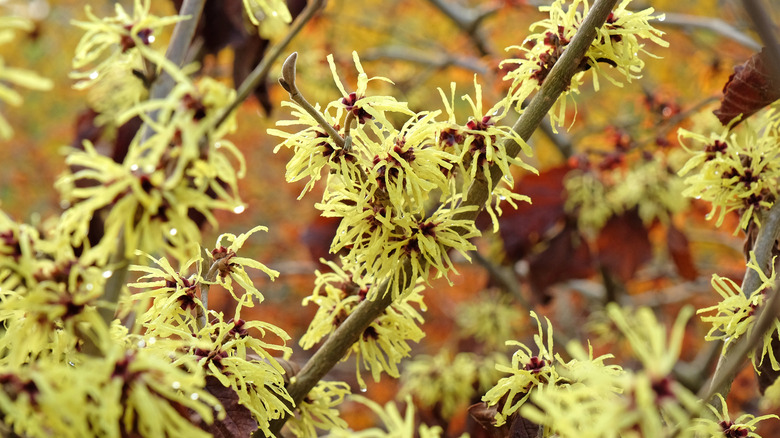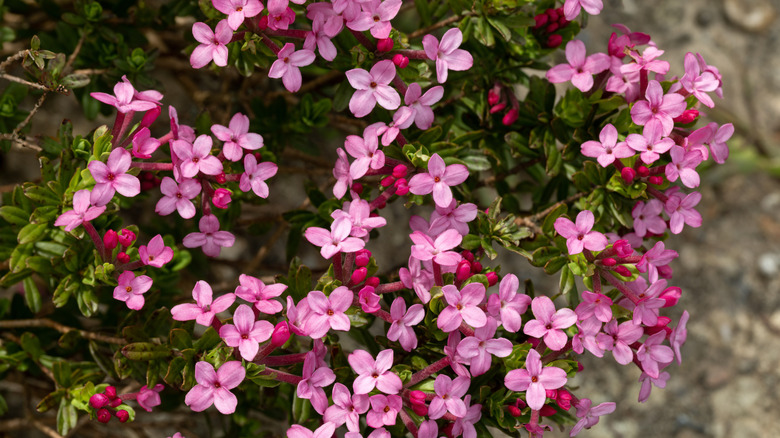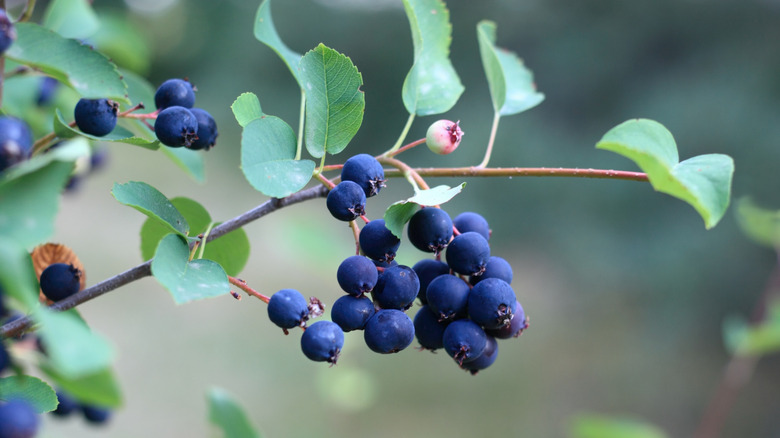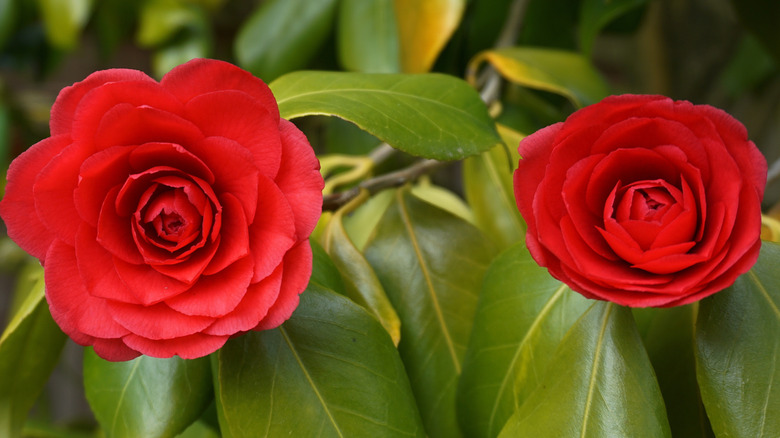10 Plants To Avoid Pruning In November (And The Better Time To Do It)
In many ways, November feels like a perfect time to prune your plants. The weather is cooler and easier to work with, and wrapping up lingering gardening tasks feels natural towards the end of the calendar year. But not everything can be pruned in November, and if you don't get the timing right, you'll soon discover the disappointing downsides of pruning your garden too early (or too late).
Plants like lilacs (Syringa vulgaris) and mock oranges (Philadelphus pubescens), for example, should never be pruned in November. These plants–and others like them–produce new blooms on old wood and already have next year's buds in place come fall. Removing the old wood on plants like these means those new buds will have nowhere to go when the next blooming season rolls around. Instead, you should prune these plants as soon as they're finished blooming in spring or summer as a way to rejuvenate your plants without accidentally removing precious buds.
Lilac
Lilacs (Syringa vulgaris) are a type of flowering deciduous shrub best known for their delightfully scented purple and white flowers, which bloom in USDA Hardiness Zones 3 through 7. Lilacs perform best in areas with full sun and moist, well-draining soil. To prevent yourself from accidentally removing next year's growth, remember that spring–not November–is the best time to prune your lilacs, ensuring your fragrant plant stays healthy.
Mock orange
Mock orange (Philadelphus pubescens) is hardy in zones 4 to 7 and is beloved for its gently arched branches and fragrant white flowers. When it comes to pruning, mock orange is similar to lilac in that you should prune it straight away after the blooms have faded, which typically occurs in May or June. Waiting until November to prune, you run the risk of cutting off next year's blooms.
Hydrangea
Hardy in zones 3 through 9, Hydrangea (Hydrangea spp.) is a deciduous shrub that produces large, beautiful flower clusters in a range of colors, including pink, red, blue, and purple. Certain colors can change shade or intensity based on the soil pH, making the plant even more visually interesting. When it comes to pruning, avoid pruning hydrangea varieties that grow on old wood altogether, except to remove any dead branches. Varieties that bloom on new wood, on the other hand, can be pruned in early spring before any new buds pop up.
Magnolia
If you're looking for gorgeous small tree varieties to elevate your curb appeal, magnolia trees (Magnolia spp.) are a great pick. Relatively low-maintenance, these trees are hardy in zones 4 through 10 and enjoy full to partial sun and moist but well-drained soil. When it comes to pruning, magnolias don't need to be pruned every year. Instead, you only need to prune the shrub to remove dead wood or to change its size and shape. For this, midsummer and early autumn are the best times to prune. Pruning in November and throughout the winter can cause the tree to bleed sap.
Forsythia
Forsythia (Forsythia × intermedia) is hardy in zones 5 to 9 and thrives in environments with full sun and well-drained soil with medium moisture. The plant is a deciduous shrub that can get a little out of hand without regular pruning. However, because forsythia grows new flowers on old wood, pruning in November would have you accidentally cutting off next year's flowers before they've had a chance to bloom. Instead, prune the plant in spring, immediately after it's finished flowering.
Azalea
Hardy in zones 3 to 9, azalea (Rhododendron indicum) is yet another example of a plant that blooms on old wood, meaning November is a bad time to prune. Instead, wait no more than three weeks after the plant finishes blooming in the spring to bust out your pruning shears. In addition to regular pruning in the spring, give your azalea access to partial sun and moist, well-draining soil to help it thrive.
Witch hazel
In winter, when most other plants are dead or dormant, Witch hazel (Hamamelis virginiana) is alive and blooming. Pruning is an essential step if you want your witch hazel shrub to keep its shape. However, because the plant blooms on old wood, November pruning is a no-go. Like many of the plants on this list, it's best to save your pruning for early spring, just after the plant stops blooming. If you like, you can cut off any suckers growing from the base of the plant in the fall.
Rose daphne
Pruning is not crucial to the success of your rose daphne (Daphne cneorum) shrub. The slow-growing plant develops a lovely, rounded shape naturally and isn't tolerant of excessive pruning or transplanting. However, if you need to prune your shrub to tidy up the edges, be sure to do it in early spring, just after the blooming period. Because new blooms grow on old wood, pruning your rose daphne in November would likely remove those buds and leave you with far fewer flowers next season.
Saskatoon berry
Saskatoon berry (Amelanchier alnifolia) is a shrub that is hardy in zones 2 through 7. The plant produces delicate white flowers in the spring and tasty blue berries in the summer, which can be used to make sweet jam. Pruning the shrub can help it produce more fruit, but it is best to do so in late winter or early spring, when the shrub is in its dormancy period.
Camellia
Hardy in zones 7 to 9, camellias (Camellia japonica) boast dark, glossy green foliage and large flowers that can be white, pink, red, yellow, or lavender colored. Spring-blooming varieties of the shrub will produce new flowers on old wood, so pruning in November could result in fewer flowers the following season. Instead, prune these varieties in the spring immediately after the plant has finished blooming.
